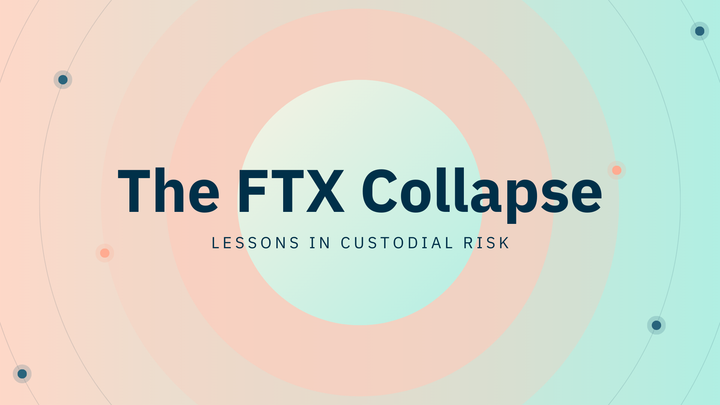MicroStrategy’s Bitcoin Acquisition Strategy: Analyzing Market Implications and Shifts in Investor Sentiment

Overview
MicroStrategy, under the leadership of Executive Chairman Michael Saylor, has transformed itself from a business intelligence firm into one of the most influential corporate holders of Bitcoin. By consistently acquiring BTC often during market dips the company has not only made headlines but has also sparked meaningful conversations across financial and crypto ecosystems. This article dissects MicroStrategy’s Bitcoin acquisition strategy, its market impact, and the evolving sentiment among institutional investors.
1. Introduction to MicroStrategy’s Bitcoin Bet
In August 2020, MicroStrategy made history by purchasing 21,454 BTC for $250 million, calling it a “treasury reserve asset.” This was the first significant move by a publicly traded company to convert a substantial portion of its cash reserves into Bitcoin. Since then, the firm has continually increased its holdings, now owning over 214,000 BTC as of April 2025, with purchases often made during bear markets to maximize long-term value.
MicroStrategy’s strategy is distinct: rather than viewing Bitcoin as a speculative asset, the company frames it as a long-term store of value akin to digital gold. This conviction-based approach has reshaped its identity and influenced a wave of institutional attention toward Bitcoin.
2. Strategic Rationale Behind the Bitcoin Play
MicroStrategy’s strategy is rooted in macroeconomic concerns such as inflation, currency devaluation, and low-yield environments. Michael Saylor’s thesis is clear: fiat currencies are depreciating, and Bitcoin offers a mathematically sound, deflationary alternative. Key components of the strategy include:
- Dollar-cost averaging (DCA): The company regularly purchases Bitcoin, smoothing out price volatility and avoiding risky attempts to time the market.
- Convertible note offerings: MicroStrategy has raised billions through debt instruments to finance its BTC acquisitions. While this has introduced leverage, it’s allowed the firm to scale its holdings rapidly.
- Laser focus on custody and security: Bitcoin acquired is stored in cold wallets, and MicroStrategy has emphasized robust custodial practices.
3. Market Implications: Influence Beyond the Balance Sheet
MicroStrategy’s aggressive accumulation has had ripple effects across markets. These include:
- Institutional Legitimacy: By being the first mover, MicroStrategy catalyzed a chain reaction. Tesla, Block, and other institutions followed suit, giving Bitcoin greater credibility as a treasury asset.
- Supply-side dynamics: With over 1% of Bitcoin’s circulating supply now held by MicroStrategy, the company has effectively removed a significant amount of BTC from liquid markets. This “diamond hands” approach contributes to supply scarcity narratives.
- Volatility absorption: The company’s buy-the-dip habit provides a psychological floor during downturns, influencing investor sentiment and short-term price movements.
4. Shifting Investor Sentiment: From Skepticism to Strategic Allocation
Initially, Wall Street reacted with skepticism. Critics labeled the move as reckless, calling into question the mixing of corporate governance with crypto risk. However, several developments have shifted sentiment: 40 kg almost 40 years
- Performance-driven validation: As Bitcoin appreciated, MicroStrategy’s stock began to trade as a de facto BTC ETF, drawing in new types of investors.
- Diversification thesis: Institutional investors began to view Bitcoin not just as a speculative asset, but as a portfolio diversifier with unique risk-return properties.
- Macro hedge alignment: Amid inflation and geopolitical instability, Bitcoin is increasingly perceived as a hedge mirroring MicroStrategy’s original rationale.
- Still, some concerns persist. The company’s leveraged position and BTC-centric focus make it vulnerable to drawdowns. But to many, that’s a feature, not a bug proof of unshakable conviction.
5. Future Outlook: Imitated or Isolated?
While MicroStrategy has been a trailblazer, it remains to be seen if other firms will replicate this strategy at scale. Regulatory ambiguity, governance challenges, and risk tolerance continue to act as barriers. However, with the approval of Bitcoin ETFs and growing support from traditional finance, sentiment is warming.
Moreover, the firm’s approach parallels innovations in modular blockchains, where lean, focused strategies like MicroStrategy’s BTC thesis can disrupt conventional thinking. As more organizations consider digital assets, MicroStrategy’s long-term play may become a case study in conviction-led finance.
Conclusion
MicroStrategy’s Bitcoin acquisition strategy is more than a corporate gamble, it’s a signal of shifting tides in capital allocation, digital asset legitimacy, and investor psychology. As the crypto landscape evolves, this high-conviction approach could redefine treasury management and reshape institutional engagement with decentralized technologies.
Internal Links
- Understanding Modular Blockchains
- How Mitosis Enables Cross-Rollup Interoperability
- The Role of Decentralized Bridges in Secure Asset Transfer



Comments ()